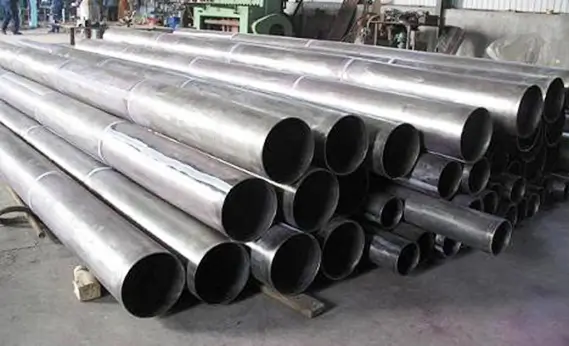In the steel industry, where prices and market conditions can shift rapidly, making informed sourcing decisions is critical. Realtime market monitoring has become a gamechanger, offering steel buyers and procurement professionals the tools they need to navigate the complexities of the market with agility and precision. In this blog, we’ll explore how realtime market monitoring can enhance your steel sourcing decisions, providing practical tips and strategies for leveraging this technology effectively.
Understanding RealTime Market Monitoring
Realtime market monitoring involves using advanced technologies and data analytics to track market conditions, prices, and trends as they happen. This approach provides procurement professionals with uptotheminute information, enabling them to make more informed and timely sourcing decisions.
Storytelling Insight: Imagine a steel buyer who regularly monitors realtime market data and notices a sudden spike in steel prices due to a supply chain disruption. With this information, they can quickly adjust their sourcing strategy, lock in prices before they rise further, and negotiate better terms with suppliers. This proactive approach not only saves money but also ensures a steady supply of steel.
Key Benefits of RealTime Market Monitoring
Realtime market monitoring offers several key benefits that can significantly improve your steel sourcing decisions:
Price Optimization: By tracking price fluctuations in real time, you can identify the best times to purchase steel, taking advantage of lower prices and avoiding higher costs during peak periods.
Enhanced Negotiation: Access to realtime data empowers you to negotiate more effectively with suppliers. You can present uptodate market trends and pricing information to support your negotiation strategy.
Risk Management: Realtime monitoring helps you anticipate and mitigate risks associated with market volatility, supply chain disruptions, and geopolitical events.
Cognitive Bias: The anchoring bias might lead some professionals to rely too heavily on historical pricing data when making sourcing decisions. Realtime market monitoring helps counteract this bias by providing the most current information, ensuring that decisions are based on the latest market conditions.
Implementing RealTime Market Monitoring: Best Practices
To effectively leverage realtime market monitoring for steel sourcing, consider the following best practices:
Invest in Technology: Utilize market intelligence platforms and analytics tools that offer realtime data on steel prices, supply and demand trends, and market news. Choose tools that integrate with your existing procurement systems for seamless data flow.
Establish Key Metrics: Define the key metrics and indicators that are most relevant to your sourcing strategy, such as price indices, inventory levels, and supplier performance. Monitor these metrics regularly to stay informed about market dynamics.
Collaborate with Suppliers: Share insights gained from realtime monitoring with your suppliers to build stronger partnerships. Transparent communication about market conditions can lead to better collaboration and more favorable terms.
Storytelling Insight: Consider a scenario where a company sources steel for a major construction project. By using realtime monitoring tools, the procurement team identifies a trend of rising prices in their key markets. They proactively engage with their suppliers to secure favorable pricing and avoid potential delays, ensuring the project stays on budget and on schedule.
Overcoming Challenges and Maximizing Benefits
While realtime market monitoring offers many advantages, it’s important to address potential challenges:
Data Overload: With a wealth of realtime data available, it’s easy to become overwhelmed. Focus on the most relevant data and set up alerts for key metrics to avoid information overload.
Integration Issues: Ensure that your realtime monitoring tools integrate smoothly with your procurement systems and processes. This integration will facilitate data sharing and improve decisionmaking efficiency.
Cognitive Bias: The confirmation bias might lead some professionals to focus only on data that supports their existing beliefs or strategies. To make wellrounded decisions, consider all relevant data and be open to adjusting your approach based on new information.
Leveraging RealTime Insights for Strategic Sourcing
Incorporating realtime market monitoring into your steel sourcing strategy can provide a competitive edge by enabling more informed, timely, and strategic decisions. By understanding market trends, optimizing prices, and managing risks effectively, you can enhance your procurement processes and drive better outcomes for your business. Embrace the power of realtime data and position your sourcing strategy for success in a dynamic and rapidly changing steel market.




